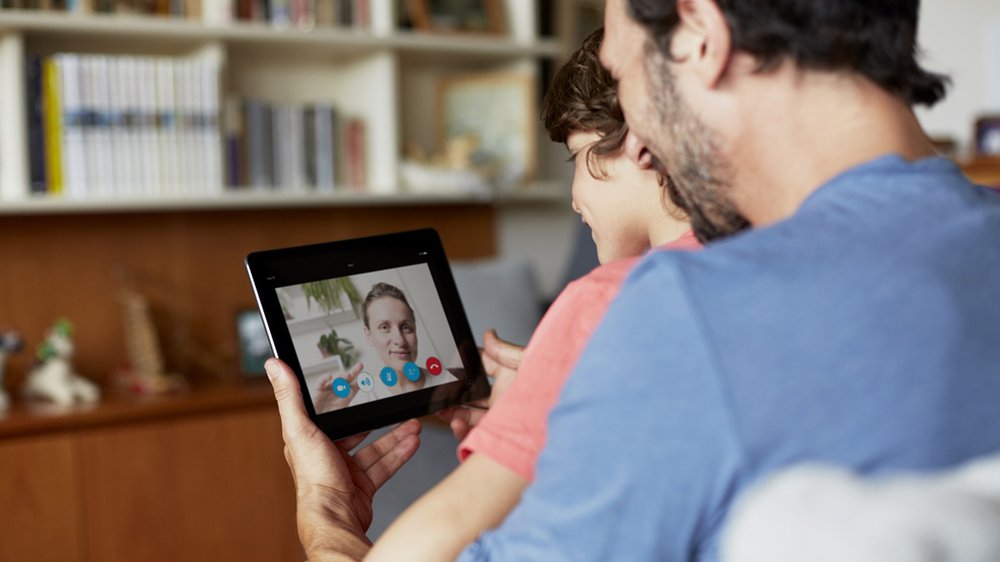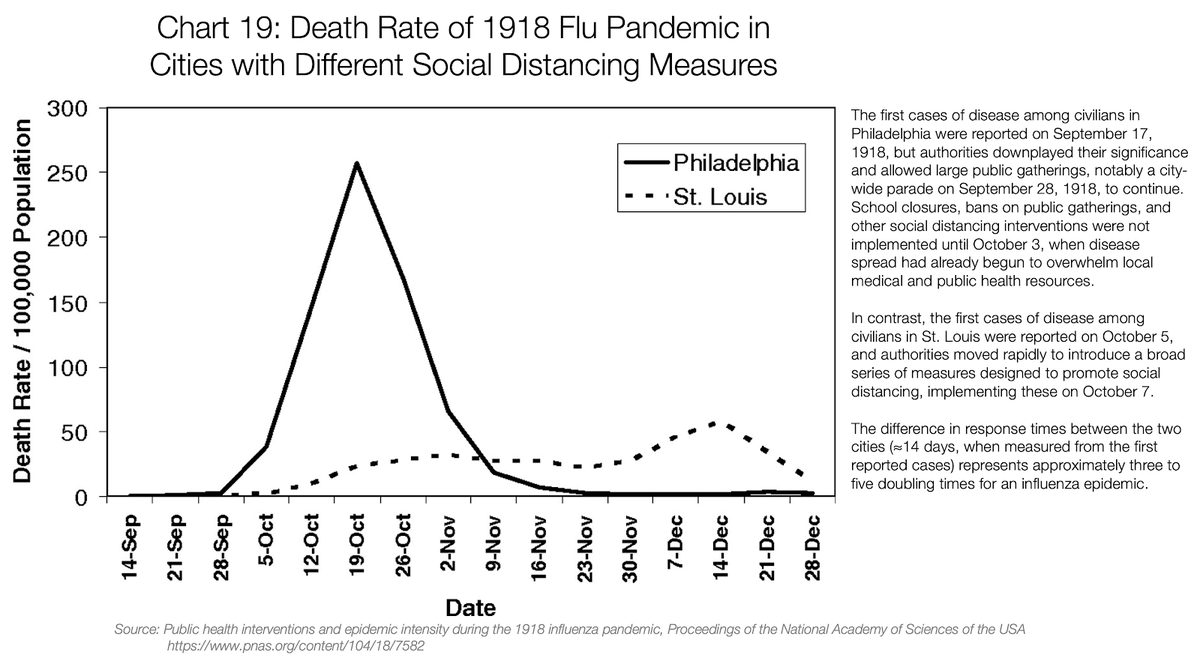Question Your World: Does Social Distancing Really Work?
Due to the spread of COVID-19, we've been hearing a lot about some familiar things like washing your hands, covering your coughs, and disinfecting frequently touched surfaces, but there’s also a term being used that many are not familiar with - social distancing – or maintaining physical distance from other humans and avoiding large gatherings of people overall. This is a new term for a lot of people and has raised questions on how effective this method could be. Does social distancing really work?
First of all, social distancing is actually not a new thing in the world of medical science. The same successful tool was used by scientists to fight the very large and fast spreading 1918 influenza epidemic.
Scientists saw the effectiveness of social distancing in 1918 by looking at two cities experiencing an outbreak. Philadelphia, which did not take immediate steps to promote social distancing, and St. Louis, which did take steps to encourage social distancing very quickly.

Image credit: Getty images
Philadelphia continued to allow large public gatherings for over two weeks after their first few cases, including a parade. This ultimately overwhelmed their hospital systems' ability to keep up with the epidemic and resulted in a high rate of mortality. In St. Louis, however, social distancing practices like canceling events and closing bars and theaters was instituted only two days after their first few cases were reported. This not only delayed the peak of mortality, but also drastically lowered the peak death rate - eightfold - compared to Philly.
So, we learned back in 1918 that early and aggressive interventions like social distancing significantly lower the peak rate of people dying from a pandemic. Today, as scientists and medical experts are dealing with this fast spreading and potentially lethal COVID-19 virus, they’re once again urging us to use social distancing to keep ourselves and others safe. Slowing and preventing the spread of COVID-19 is currently the best tool we have to lessen stress on our hospitals and emergency response systems as they tend to the growing number of cases nationwide and locally.
This is not the only example, there was also a flu spread in Mexico in 2009 that required using the same time-tested method, social distancing.

Hatchett et al., 2007 (https://www.pnas.org/content/104/18/7582)
These are tense times, but by working together and staying in, avoiding crowds, and only leaving the house for essential needs, we will collectively be able to slow down the spread of this coronavirus. The economic strain involved in shutting down our lives is indeed a very serious issue, but this virus is like nothing we’ve ever seen before. Temporary economic strain may very well be a reality, but in order to prevent the spread of this potentially lethal virus, we must hunker down and make this sacrifice to ensure a quicker recovery and smoother return to normalcy. Luckily we have millions of smart men and women around the world are responding to the cases as they become known, working on vaccinations, and ensuring the production of vital needs continues through the crisis. Our contribution to their work is to simply stay in and prevent the hospital and emergency response systems from being overwhelmed by new cases.
Fortunately, unlike 1918, we live in a time period where many of us have access to Netflix, Google chats, and a seemingly endless amount of content to dig through on YouTube. For example, have you seen the Science Museum of Virginia's YouTube channel yet? It's filled with cool stuff for you and your loved ones to dig into while spending time together at home. Also, remember that by staying in and reading a good book or Google chatting with your friends around the world, you are being a part of the solution! It’s not every day that individuals get a chance to combat a global crisis.
From all of us to all of you, stay safe, stay healthy, and please stay home as much as you can!
For more information on social distancing and updates on the COVID-19 outbreak, please visit the CDC and World Health Organization websites.